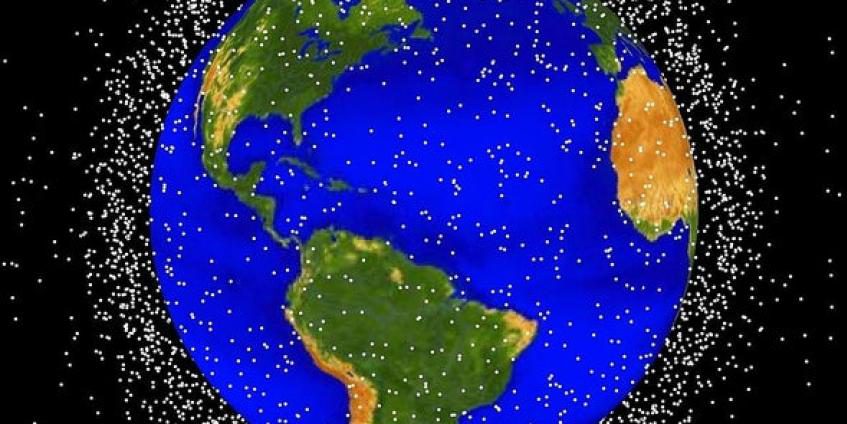A massive cloud of space junk—containing more than 23,000 pieces larger than 10 cm across—is currently zooming around Earth with an average speed of about 36,000 km per hour. And as companies such as SpaceX and OneWeb plan to launch tens of thousands of new satellites over the next few years, this hazardous clutter will likely pose an increasing threat to space missions and astronauts. One possible solution may be an electrodynamic tether, a device that could help prevent future satellites from becoming abandoned wrecks. The U.S. Naval Research Laboratory plans to test this technology in the next few weeks.
In early November, the Tether Electrodynamic Propulsion CubeSat Experiment (TEPCE), already in orbit, is set to make its move under the watchful gaze of telescopes on the Hawaiian island of Maui. The Earth-bound control team is waiting for an ideal 10-min period at dawn or dusk, when the dim sunlight will offer the best possible view of the shoebox-size spacecraft involved. Once the crew triggers the process, TEPCE should separate into two identical mini satellites joined by a kilometer-long tether as thick as several strands of dental floss. If deployment goes smoothly, the mission can observe how the tether interacts with Earth’s magnetic field in the ionosphere (where much of the space junk orbits) to change the satellites’ velocity and orbit; the results could possibly enable future spacecraft to move around while orbiting Earth—without having to carry unwieldy chemical propellant.


